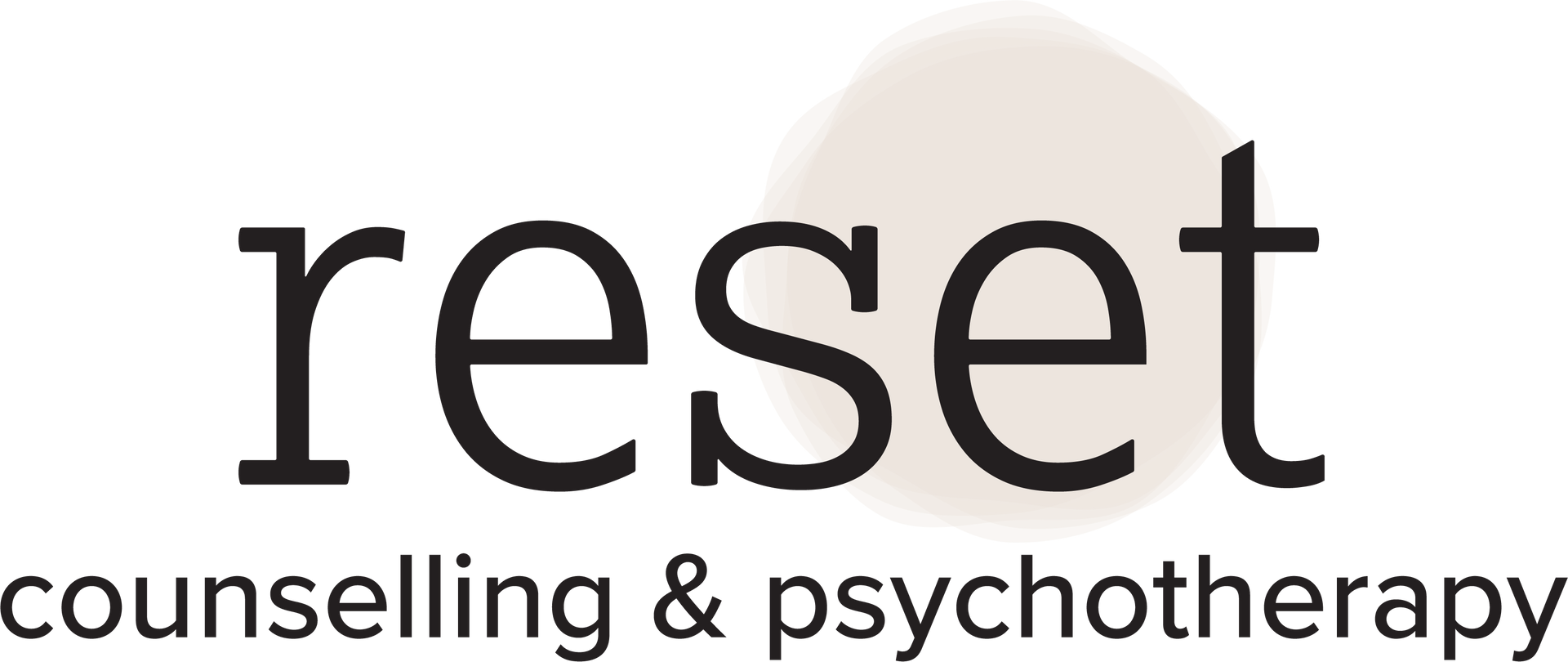In Like A Lion: When Anger Gets the Best of You
You never thought it would get this bad or that you would feel so out of control.
You know what it’s like. Those times when anger and rage get the best of you, when things happen that you never meant to. There’s that person who always knows how to push your buttons, the boss that doesn’t treat you fairly. Maybe it’s getting worse—maybe you find yourself driving aggressively or getting into fights.
At the root of most angry thoughts is a sense of others’ incompetence (‘blame’) or injustice (‘broken rules’). To address anger reactions, therapists may use a CBT technique called Anger Inoculation to help you counter those angry thoughts and find new ways to cope.
You may remember that "inoculation" is another word used for medical vaccines. Although Anger Inoculation is a form of talk therapy (nobody gets poked), it does work in a similar way to a vaccine. Vaccination introduces small amounts of pathogens to the body so that "the immune system can safely learn to recognize them as hostile invaders, produce antibodies, and remember them for the future" (Public Health). Anger Inoculation creates a safe environment within your relaxed body to introduce small amounts of trigger thoughts, produce counter thoughts, and learn to predict trigger situations.
Anger Inoculation goes like this:
1) Relaxation Skills: First the client learns relaxation skills that they find effective. These may include mindfulness, breathing techniques, progressive muscle relaxation or other relaxation techniques (find more here).
2) Anger Hierarchy: Next, the client draws a ladder with the strongest anger triggers at the top and progressively less stressful triggers moving down the ladder.
3) Developing Coping Thoughts: The client will identify which trigger thoughts are underlying anger responses, then develop a coping thought for that trigger. That coping thought can be written beside each trigger on your ladder.
4) Practicing Anger Coping Skills: Starting with a relaxed body, the client will begin with the bottom scenario on the ladder, imagining their reaction. Next, they will imagine themself responding with their new coping thought. Then, they will return to the relaxed state using relaxation techniques. This cycle is followed as the client slowly moves up the ladder, imagining scenarios and new responses, then relaxing after each cycle.
5) Applying: The next step is beginning to anticipate anger triggers in daily life before they arise, then using those new counter-thoughts to self-regulate.
(You can find more details on this technique here at the Institute of Cognitive Behavior Management)Anger Inoculation is not a new technique. Novaco (1977) studied the effects of these three steps: cognitive preparation, skill acquisition and rehearsal, and application practice. These steps are still the foundation of Anger Inoculation and many individuals have found them beneficial in anger regulation.
If you would like to talk with a therapist about practicing Anger Inoculation to address anger responses, you can use our online booking or call 705-300-0077
References
Novaco, R. W. (1977). Stress inoculation: A cognitive therapy for anger and its application to a case of depression. Journal of Consulting and Clinical Psychology, 45 (4), 600–608. https://doi.org/10.1037/0022-006X.45.4.600
Gardner, Jerome R. (2016, Dec 16). 16 Stress Inoculation for Anger: Practice Techniques . Institute for Cognitive Behavioral Management. https://cognitivebehaviormanagement.com/practice-tools-techniques/technique-16-stress-inoculation-for-anger/
Health Guides: How Vaccines Work . (2020). Public Health. https://www.publichealth.org/public-awareness/understanding-vaccines/vaccines-work/
Photo by Christopher Keane on Unsplash


